The TAG Heuer Monaco Calibre 11 automatic chronograph is a cool watch. Like so cool you’re not even sure if you have what it takes to pull off wearing one. (Spoiler alert: you do, you’re awesome.) The distinctive square case. The retro good looks. The eye-catching blue dial. It all works. You could make the argument that it shouldn’t. But it does. And that’s what makes the Monaco so damn iconic. That and the endorsement of the King of Cool himself, Steve McQueen. But more on that shortly. Even at 50 years old, the Monaco still has what it takes to get our motors running. (See what I did there?). Read on to find out why.
A (Very) Brief History Of The Tag Heuer Monaco
Looking at the name, it’s not hard to guess the origin of the Heuer Monaco. It becomes even easier when you take into account TAG Heuer’s rich history with motorsport. But the story is a more interesting than that. In the 1960’s, Jack Heuer was the Managing Director of Heuer. The company his great-grandfather had founded 100 years earlier. Automatic movements were already very popular. But there was no such thing as an automatic chronograph movement. Not yet anyway. Jack saw this as a unique opportunity.
Heuer was specialised in stop watches. In fact, the company’s reputation had been built on its reliable and robust chronographs. Jack thought that it should be the first to introduce an automatic chronograph. Such an undertaking was expensive though. Not to mention complex and time-consuming. Heuer could not do it alone.
- An exploded view of the original Calibre 11 from 1969.
A secret partnership was formed. Four companies would work together to develop the world’s first automatic chronograph. They were Buren, Dubois Depraz, Breitling and Heuer. Today it’s hard to imagine such a collaboration. Although it does still happen. Remember Breitling, Tudor and the Black Bay Chrono?
You’re of course already familiar with Breitling and Heuer. But what about the other two? The Buren Watch Company was a manufacturer of high-quality, thin automatic movements. It was sold to the Hamilton Watch Company in 1966. Dubois Depraz meanwhile specialises in the development of chronograph modules. It filed the first patent for the 11-12 Chronomatic module in 1967. The module makes it possible to add chronographic functions to an automatic watch.
- The original Calibre 11, one of the world’s first self-winding chronograph movements.
After several years of development, the covert collaborators achieved their goal. Dubois-Depraz’s Chronomatic module was attached to a Buren base movement. Beating at 19,800 vibrations per hour, it generated a power reserve of approximately 42 hours.
It was a costly development process though. Heuer needed to maximise the return on its investment. The decision was taken therefore to debut the new movement in not one watch. But three. The Carrera. The Autavia. And the soon-to-be created Monaco.
Out-Of-The-Box Thinking
Jack Heuer knew that he had a winner on his hands with this new movement. But he needed to find a way to broaden its appeal beyond the automotive crowd. To create something less traditional. Something “out-of-the-box” as he would later say. Enter Erwin Piquerez. Owner of a large Swiss watch case maker. And a man destined to help change history at Heuer.
He pitched Jack a novel square case that his company had developed. Its patented waterproof design was the first of its kind. Up until this point it had not been possible to make a square case waterproof. That’s why the shape was reserved for dress watches. Jack was intrigued to say the least. Being the shrewd and clever businessman that he was, he negotiated exclusive rights to the case. It was then trademarked.
- The original Heuer Monaco Calibre 11 1133B.
Now that they had the case, it was time to design a watch to match. The starting point was throwing out the rulebook. The Monaco represents a complete break from the aesthetic codes of traditional watchmaking. The large square case. The metallic blue dial. The contrasting red accents. The square shaped chronograph counters. And of course, the crown positioned on the left. A not so subtle reminder that the watch did not need winding.
It shouldn’t work. But damn it, it does.
On the 3rd of March, 1969, the Heuer Monaco was launched simultaneously in Geneva and New York. Jack Heuer named it after the Monaco Grand Prix. It was the first self-winding chronograph watch with a water-proof square case. The following year, it made its track debut on the wrist of the Swiss driver Jo Siffert. It was by no means an immediate success though.
The Steve McQueen Effect
Most people know the Heuer Monaco because of one man. Steve McQueen. AKA the “King of Cool”. In 1971, he was cast as the lead in the epic motor racing movie, “Le Mans”. His character would be driving the high-powered Porsche 917. On his wrist? The Heuer Monaco. But how did that come to be?
Some say it was a matter of luck. Others say it was Jack Heuer’s business savvy. In reality, it was probably a mix of both. The producers had hired two professional racing car drivers to coach McQueen. One was Derek Bell and the other? Jo Siffert. The man who had debuted the Heuer Monaco on track a year earlier. And who happened to be under contract with Heuer.
- The iconic photo of Steve McQueen wearing his Heuer Monaco.
McQueen and Siffert really hit it off. They had both come from humble beginnings. Now, they were at the top of their respective professions. When the time came to finalise McQueen’s wardrobe for the movie, there was only one man he wanted to look like. So, Sifert fetched him a pair of his white racing overalls. Complete with Heuer logo. It seemed logical then that McQueen’s character should also wear a Heuer watch. But which one?
At the time Siffert was wearing the Heuer Autavia 1163 T. But, according to movie legend, props master Don Nunley did not have that model. Or at least he did not have it in sufficient quantities. In total, three examples of the same watch were needed. One for use in the live racing shots. One for the still photography. And one spare in case the others got damaged. The only Heuer he had in triplicate was the Heuer Monaco.
McQueen loved the unconventional design. The square shape and striking blue dial stood out on the wrist. In a way, the Heuer Monaco became the second star of the movie. Suddenly it was one of the most recognisable sport watches on the planet. Akin to what Paul Newman would do for the Rolex Daytona.
The TAG Heuer Monaco Calibre 11 Automatic Chronograph
In the ensuing 50 years Heuer, and subsequently TAG Heuer, has continued to refine the Monaco. A three-part steel case was introduced in 1998. In 2003 it became a truly square 38mm x 38mm. (All previous iterations were a slightly rectangular 38mm x 40mm). The lugs are larger. The round chronograph pushers at 2 and 4 o’clock are now rectangular. Since 2009 a sapphire crystal has protected the dial. And another now reveals the inner-workings of the movement.
- The present day re-issue of the Heuer Monaco Calibre 11.
The chronograph display is also different. On the original a 12-hour counter appeared at 9 o’clock. A matching 30-minute counter across from it at 3 o’clock. There was no running seconds. Now, the 30-minute counter has moved to 9 o’clock. There is no 12-hour counter. Running seconds are shown instead at 3 o’clock. For purists this makes the chronograph less functional. In reality, it’s more practical for daily wear.
Yet the TAG Heuer Monaco Calibre 11 automatic chronograph plays close homage to the original 1133B model. Dubbed the “McQueen Monaco”.
The 39 mm case size. The defiant crown on the left. The eye-catching petroleum blue dial with two white counters. The diamond-polished horizontal hour indices. The date window at 6 o’clock. It’s all there. Even the vintage Heuer logo appears below 12 o’clock.
Inside is the calibre 11 automatic chronograph movement with date. A direct descendant of the original. Except now it’s based on the Sellita SW-300. It still uses a Dubois-Depraz chronograph module though. Accurate to a ¼ of a second. The self-winding movement oscillates at 4hz and offers a 40-hour power reserve. Water-resistance is 100 metres.
The Heuer Monaco is worn on a black perforated calfskin strap. Retail price in the UK is GBP 4,750. Pricey for a TAG Heuer. But it demonstrates the premium the Monaco still commands.
What Makes It So Cool?
The McQueen angle is definitely a major contributor. But it’s more than that. The TAG Heuer Monaco is still an avant garde watch. Even at 50 it can turn heads and command attention. There are few, if any, square chronographs that come close. Even someone who doesn’t care about watches will be intrigued by it.
It’s a cool watch because it’s a cool watch. Not because of some cheap marketing gimmick. Or because an influencer told you so. And that makes it pretty special in my book.
Technical Specifications: TAG HEUER MONACO CALIBRE 11 automatic chronograph ref CAW211P
- Case: Steel – 39mm x 39mm – fine-brushed and polished finishes – fine-brushed steel bezel – sapphire crystal front and back – waterproof to 100 metres.
- Dial: Petroleum blue – centre hour and minute – running seconds on sub-dial at 3 o’clock – chronograph (centre red hand) accurate to within 1/4 of a second, 30-minute counter at 9 o’clock – date window at 6 o’clock – stop seconds for precise time setting – rapid date correction – luminescent hour markers and hands.
- Movement: Calibre 11 – self-winding – Sellita SW-300 base – Dubois-Depraz chronograph module – 4hz – 40-hour power reserve.
- Price: GBP 4,750.
This article by TheWatchLounge has been sponsored by our partner WatchBox.
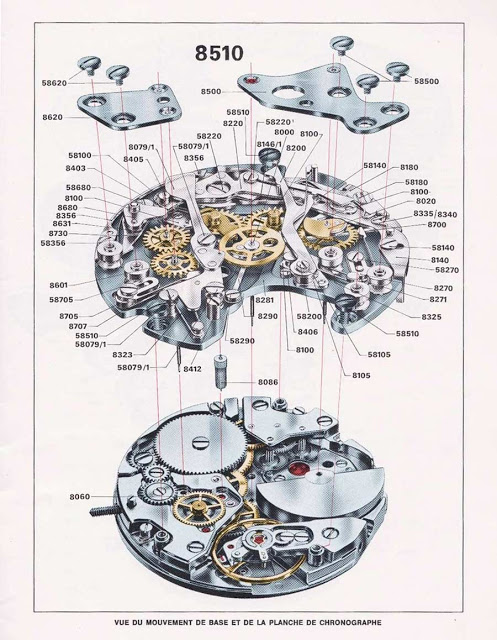
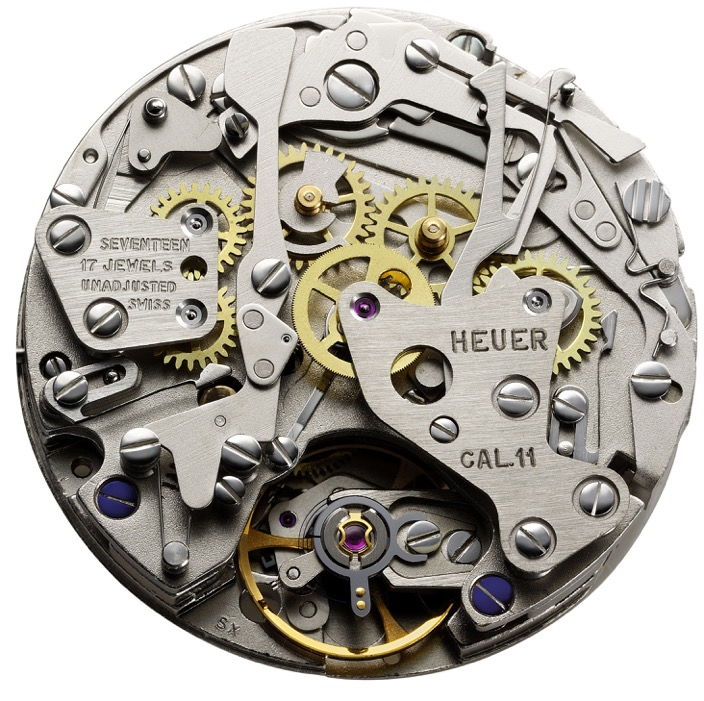
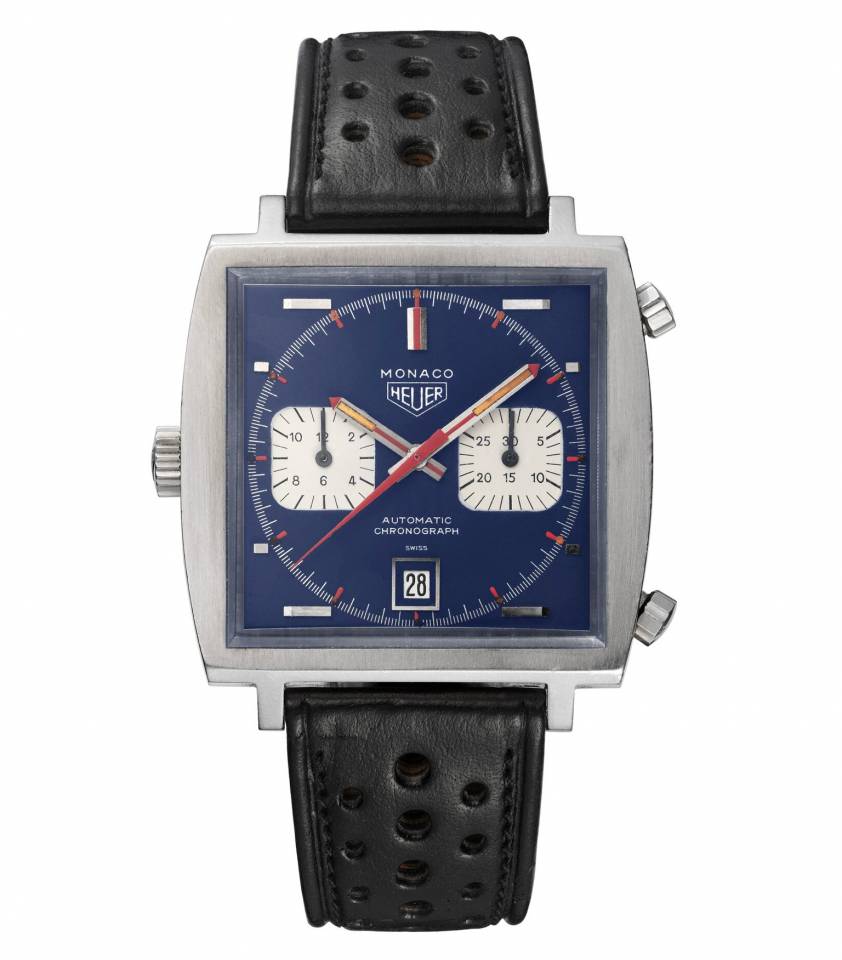
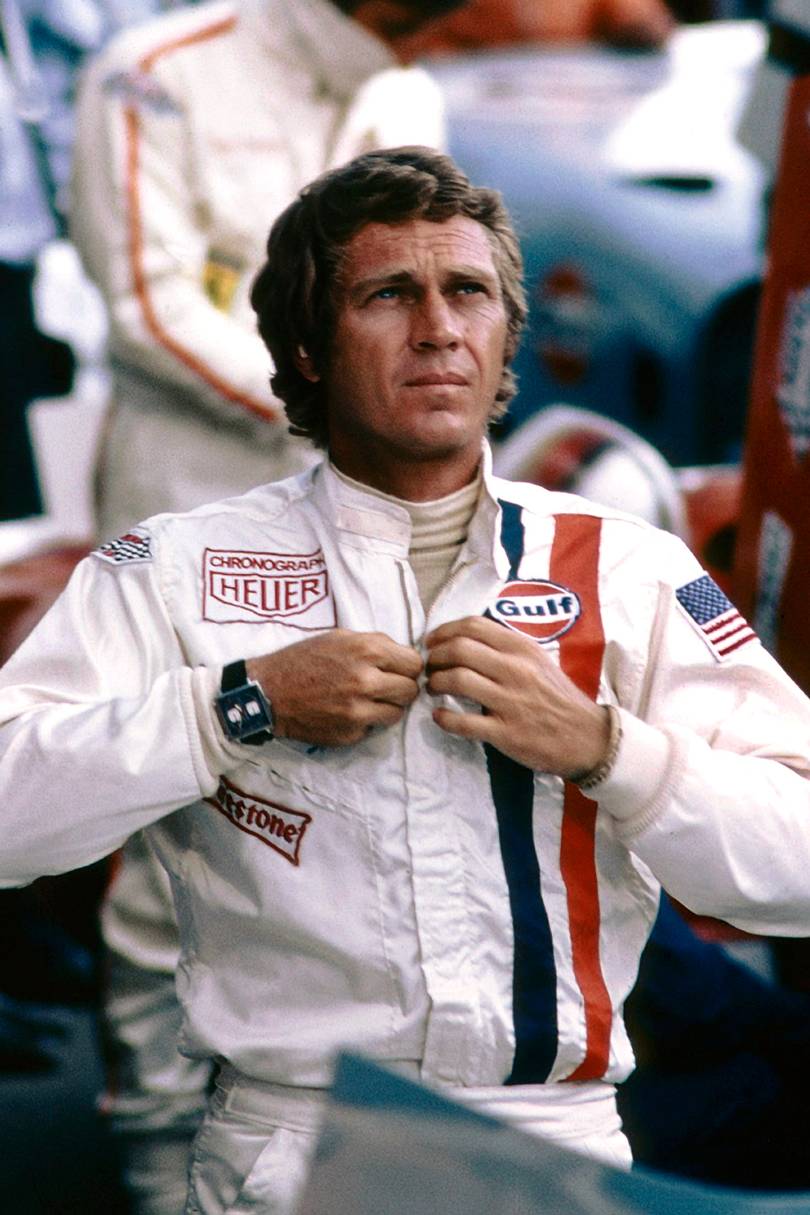
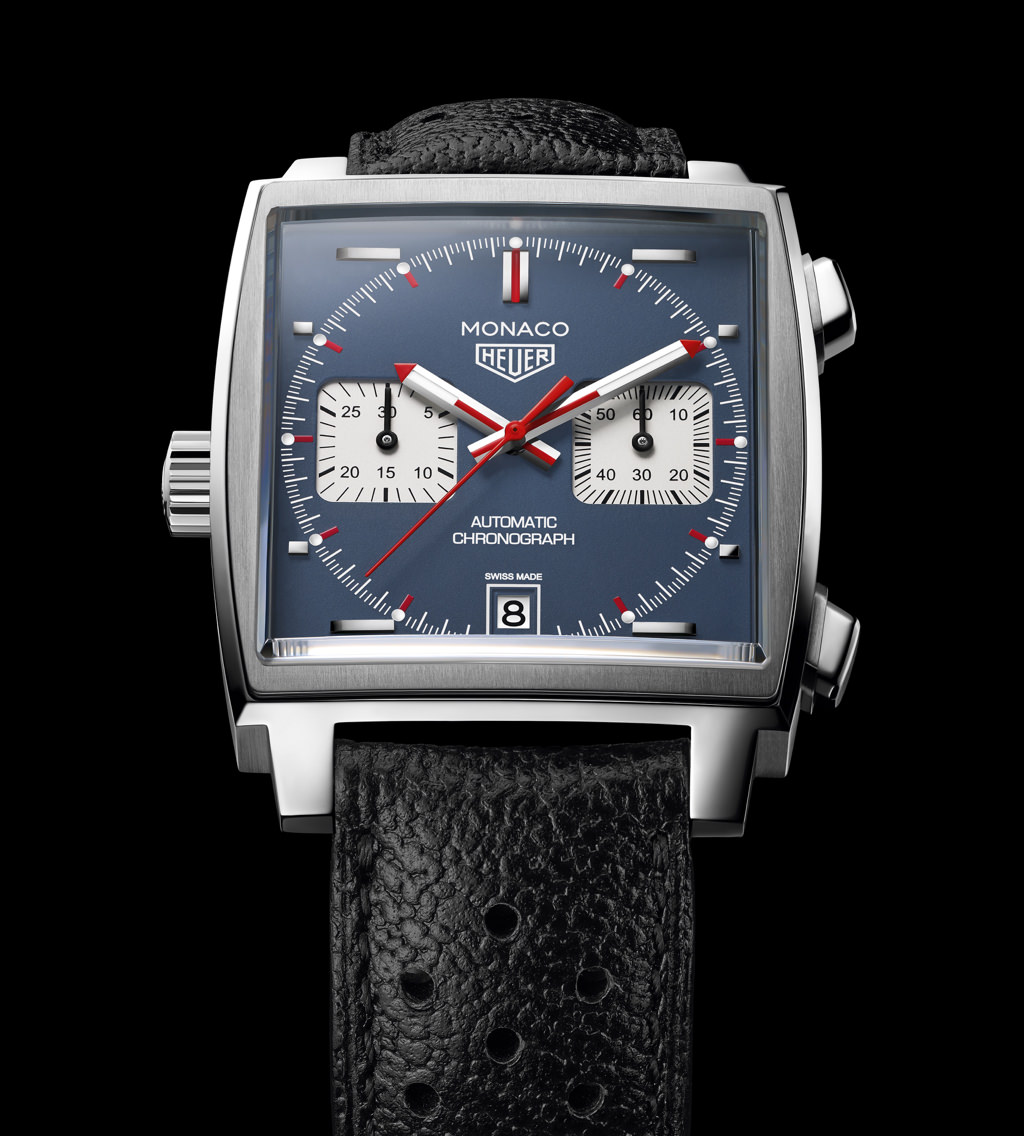
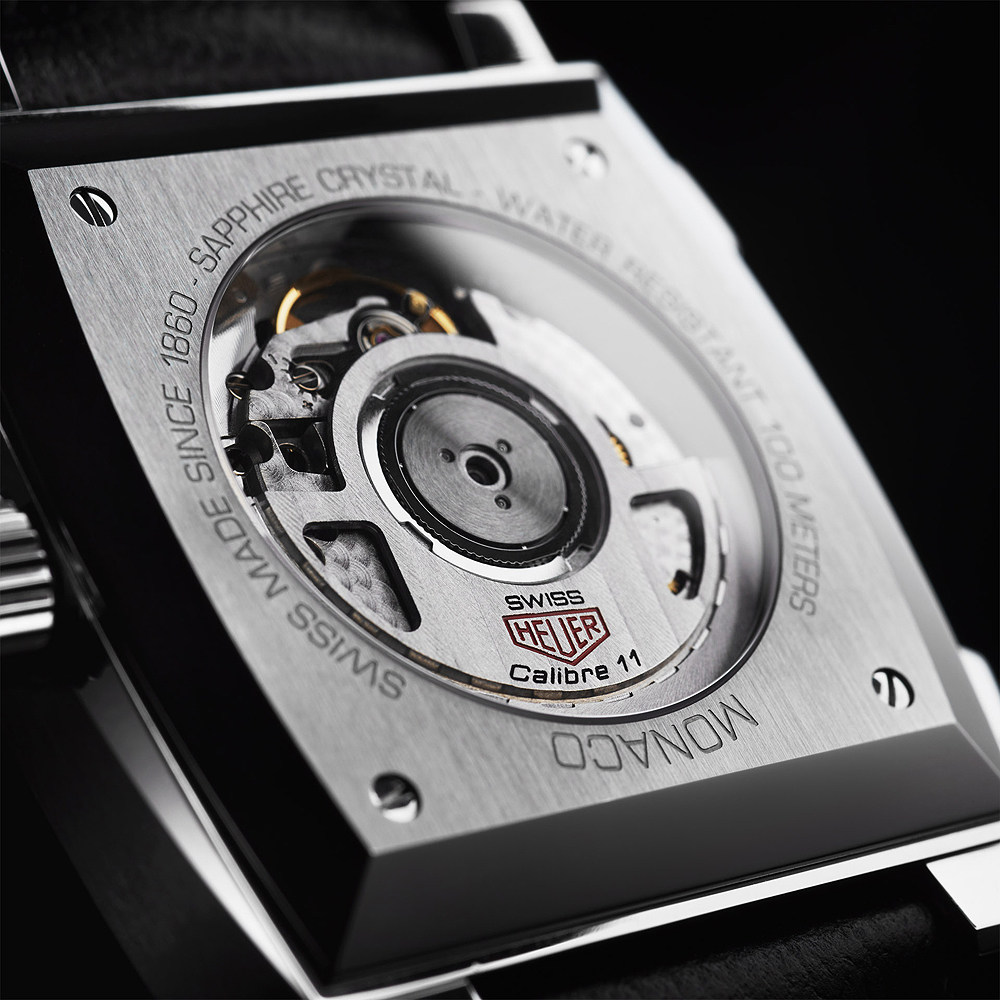
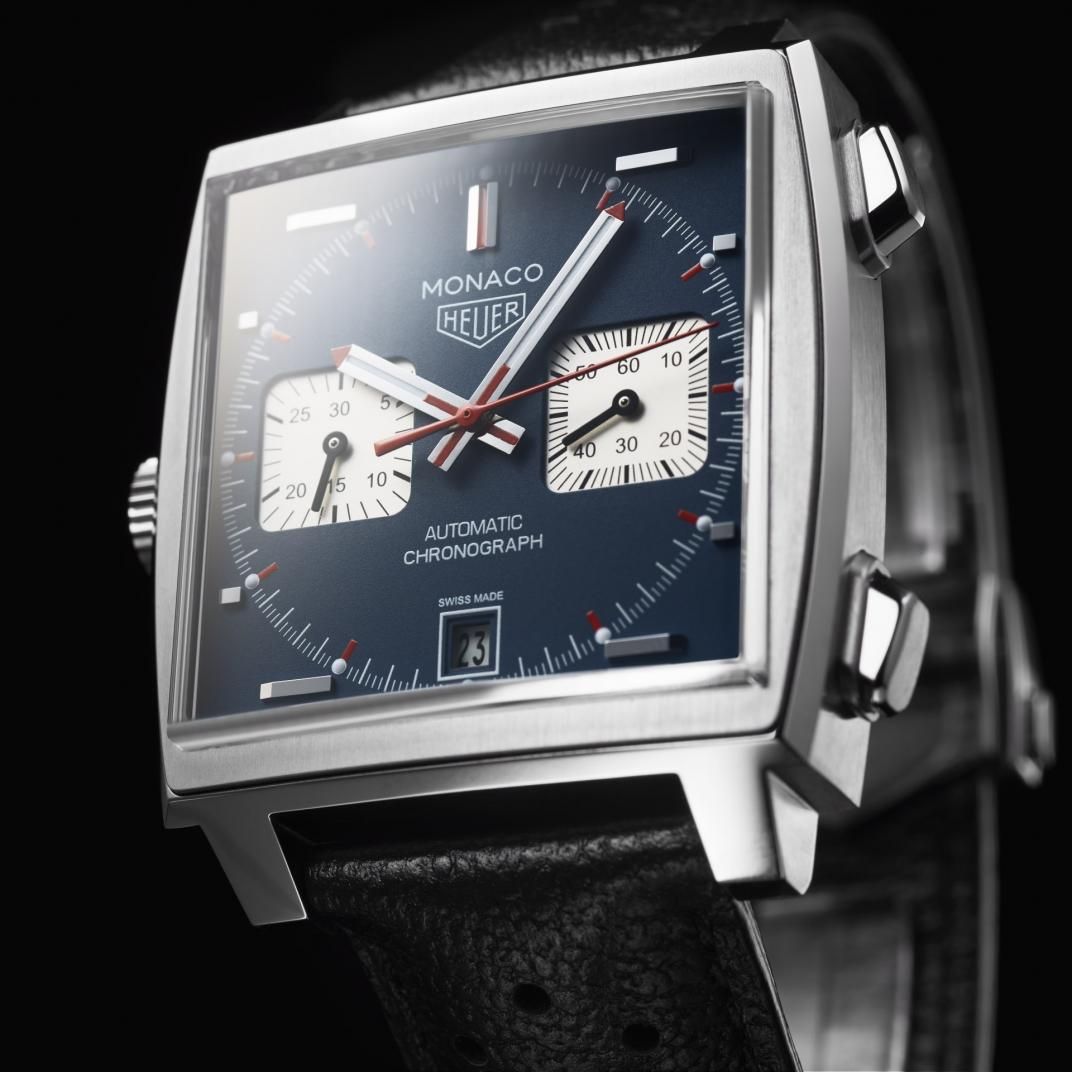
Several watches I covet, most by U-Boat or Panerai, BUT, the watch to die for remains the T.H. Monaco. Truth be told the black face&case with Gulf stripes is my all time favorite. One day this octogenarian will slip one on his wrists.
Great article. I recently purchased a Monaco Gulf edition. The watch gets way more attention then my Rolex Day Date or my Date Just. The history is great too and didn’t know 4 companies worked together on it. As you mentioned I am familiar with Breitling but not Dubois or Buren and will now research these brands to see what I am missing out on.
Tag Heuer
are the worst company I have ever had the misfortune to deal with, the shop here in Monaco will not give me details of any contact above them in their organization
I bought a top of the range Monaco in October last year it has been back for repair four times I have never had it for more than two weeks, the watch is not fit for purpose, do not buy from this shocking company